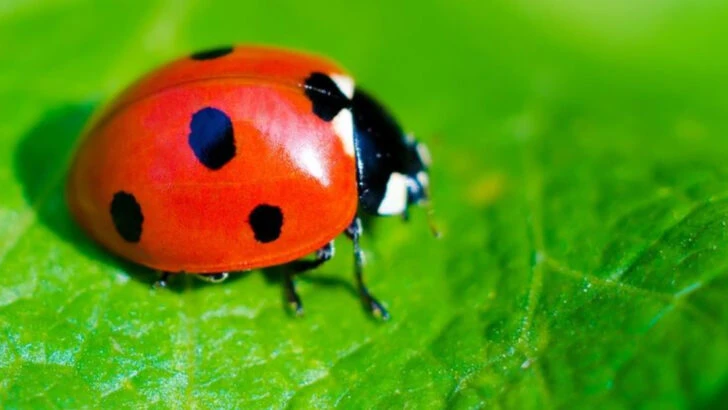Spend enough time in the garden and you start to notice who’s showing up uninvited. Some bugs quietly go about their business helping your plants thrive, while others chew, suck, and dig like they own the place. Knowing the difference can save you a lot of frustration and maybe even a whole crop.
Not every critter is out to cause trouble. In fact, a few of them are doing the heavy lifting behind the scenes, pollinating, eating pests, or keeping the soil healthy. The trick is learning who’s helping and who’s causing chaos. Here’s a breakdown of the garden’s best little allies and the ones you’ll want to keep a close eye on.
Ladybugs
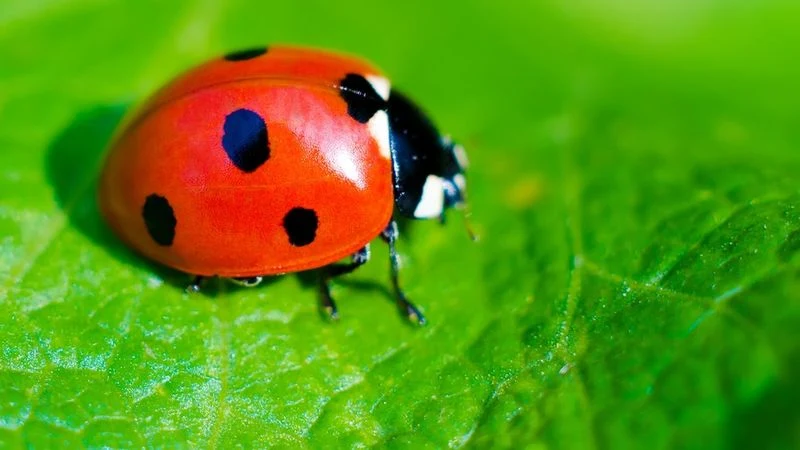
Ladybugs are tiny heroes in the garden. Their bright red color and black spots make them easy to spot. These insects have an insatiable appetite for aphids, which are common pests in gardens. By feeding on aphids, ladybugs help keep plant-damaging populations in check.
Did you know that a single ladybug can eat over 5,000 aphids in its lifetime? This makes them incredibly valuable allies for gardeners. Their presence is not only beneficial but also adds a touch of natural beauty to any garden setting.
Bees
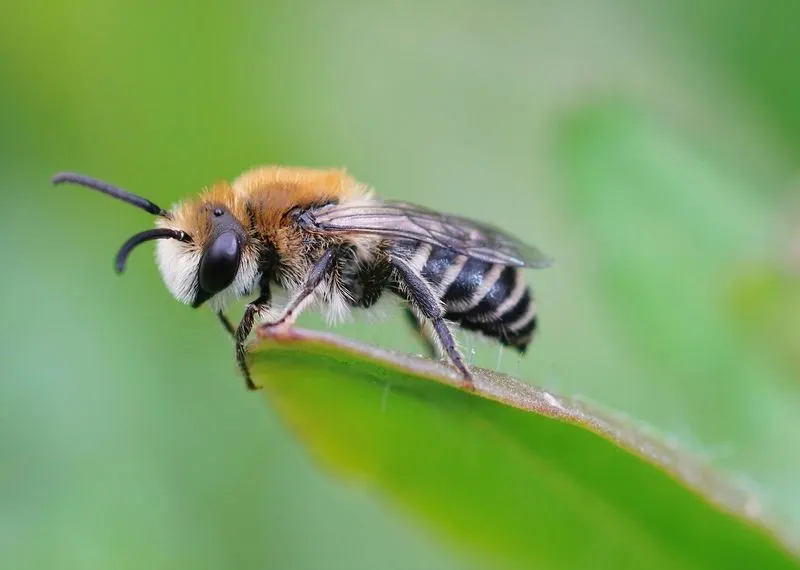
Bees are indispensable pollinators in the garden. These buzzing insects are responsible for pollinating a wide array of plants, ensuring the production of fruits and seeds. Their role in pollination is crucial for both wild and cultivated plants.
A fun fact: bees communicate with each other through a unique ‘waggle dance.’ This dance helps them share the location of flowers with nectar. Encouraging bees in the garden not only boosts plant health but also supports biodiversity.
Butterflies
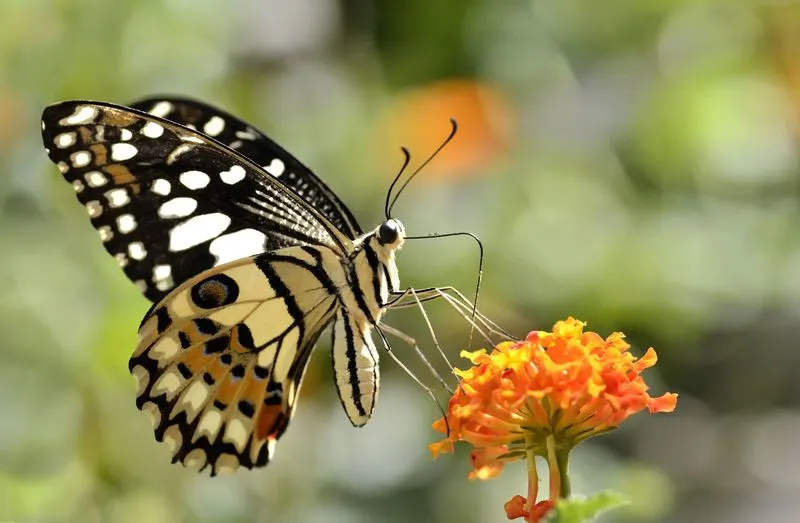
Butterflies bring grace and charm to gardens. Beyond their beauty, they play a role in pollination, similar to bees. As butterflies flit from flower to flower, they inadvertently transfer pollen, aiding in the reproductive process of plants.
In addition to their pollination duties, butterflies are indicators of a healthy environment. They thrive in areas with rich plant diversity. Their presence in a garden signals a balanced ecosystem, making them cherished visitors.
Praying Mantises
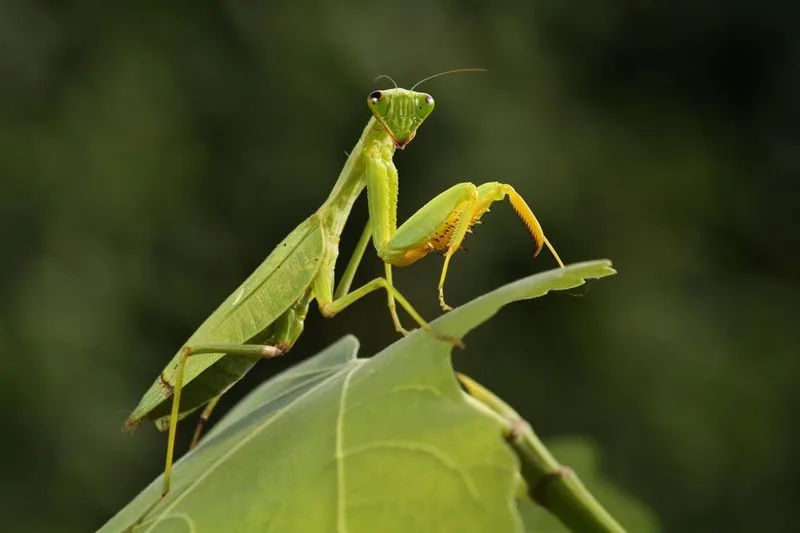
Praying mantises are fascinating predators. Their name comes from their folded forelimbs, which resemble a praying posture. These insects are stealthy hunters, feeding on various garden pests like flies, crickets, and grasshoppers.
By controlling pest populations, praying mantises assist in maintaining garden harmony. They are a natural form of pest control, reducing the need for chemical pesticides. Observing their unique hunting behavior can be a captivating gardening experience.
Earthworms

Earthworms are nature’s gardeners. They create tunnels in the soil, which help aerate it and facilitate water penetration. Their movement improves soil structure, making it easier for plant roots to grow and absorb nutrients.
As they move through the soil, earthworms digest organic matter, leaving behind nutrient-rich castings. This natural fertilizer enhances soil fertility, promoting plant growth. Earthworms are silent, yet essential, contributors to a thriving garden.
Frogs
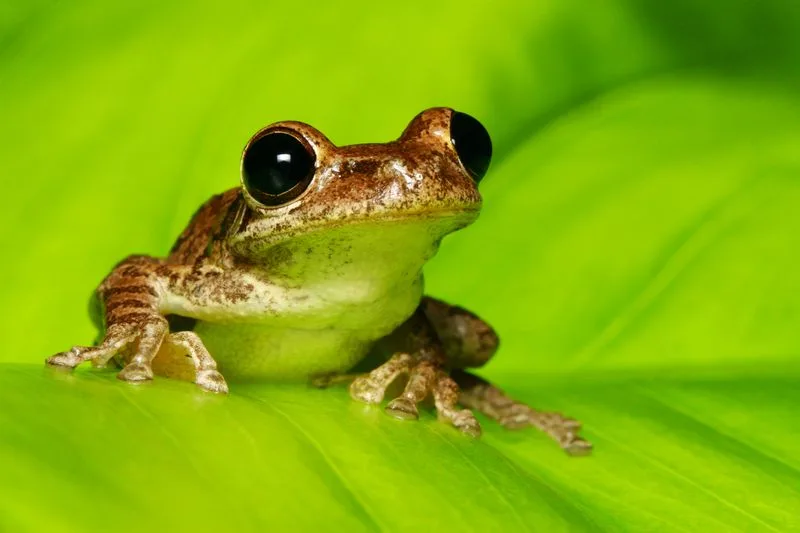
Frogs are wonderful allies in the garden. These amphibians help control insect populations by feeding on pests like mosquitoes and flies. Their presence can reduce the need for insecticides, supporting a more organic gardening approach.
Frogs are also indicators of a healthy ecosystem. They require clean water and a balanced habitat to thrive, making their presence a sign of environmental quality. Encouraging frogs in the garden can enhance biodiversity and create a harmonious outdoor space.
Spiders
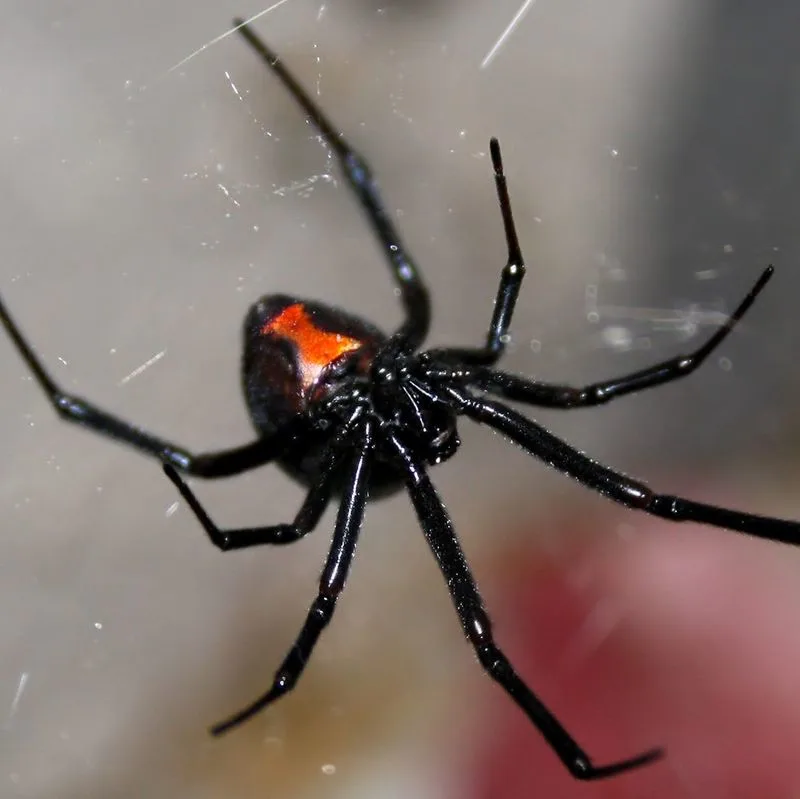
Spiders may seem creepy to some, but they are invaluable garden helpers. They are natural predators, keeping insect populations under control. By capturing pests like flies, mosquitoes, and beetles, spiders play a crucial role in maintaining ecological balance.
Their webs are engineering marvels, designed to efficiently trap prey. Despite their fearsome reputation, most spiders are harmless to humans and beneficial for gardens. Welcoming spiders can lead to a healthier, more vibrant garden ecosystem.
Dragonflies
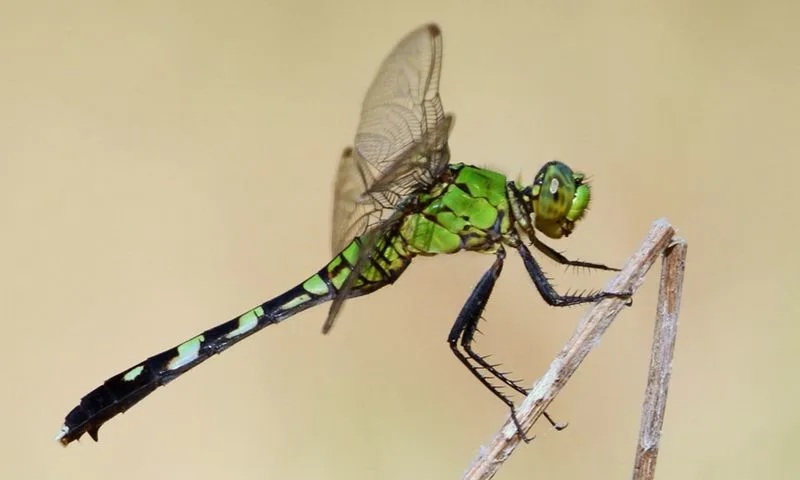
Dragonflies are aerial acrobats that bring life to gardens. Known for their speed and agility, they feed on flying insects such as mosquitoes and flies. Their hunting skills make them effective allies in pest management.
Beyond pest control, dragonflies add a dash of elegance to outdoor spaces. Their presence indicates a clean environment, as they thrive in areas with clean water sources. Observing their swift movements can be both entertaining and beneficial for garden health.
Hoverflies
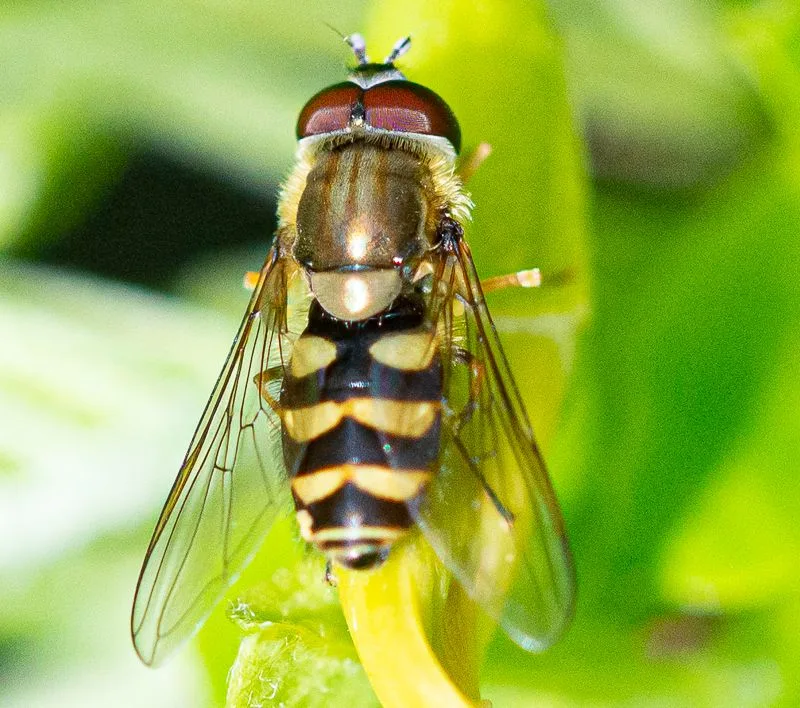
Hoverflies, often mistaken for bees, are excellent pollinators. Their distinctive black and yellow stripes are a natural form of mimicry to deter predators. As they visit flowers to feed on nectar, they facilitate pollination.
In addition to pollination, hoverflies have larvae that feed on aphids and other pests. This dual role makes them versatile allies in gardens. Encouraging hoverflies can enhance plant health and attract beneficial insects to the garden.
Lacewings
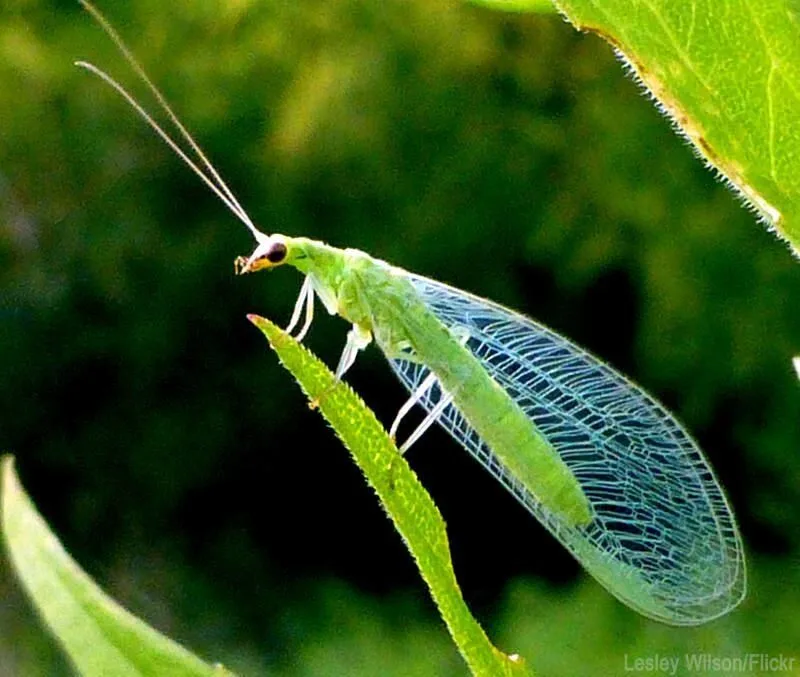
Lacewings are delicate yet powerful allies in gardens. Known for their intricately patterned wings, they are voracious eaters of aphids and other soft-bodied pests. Their larvae, often called ‘aphid lions,’ are particularly effective at controlling pest populations.
By keeping pests in check, lacewings reduce the need for chemical interventions. Their presence can lead to a more balanced and sustainable garden environment. Attracting lacewings is a step towards natural pest management.
Aphids
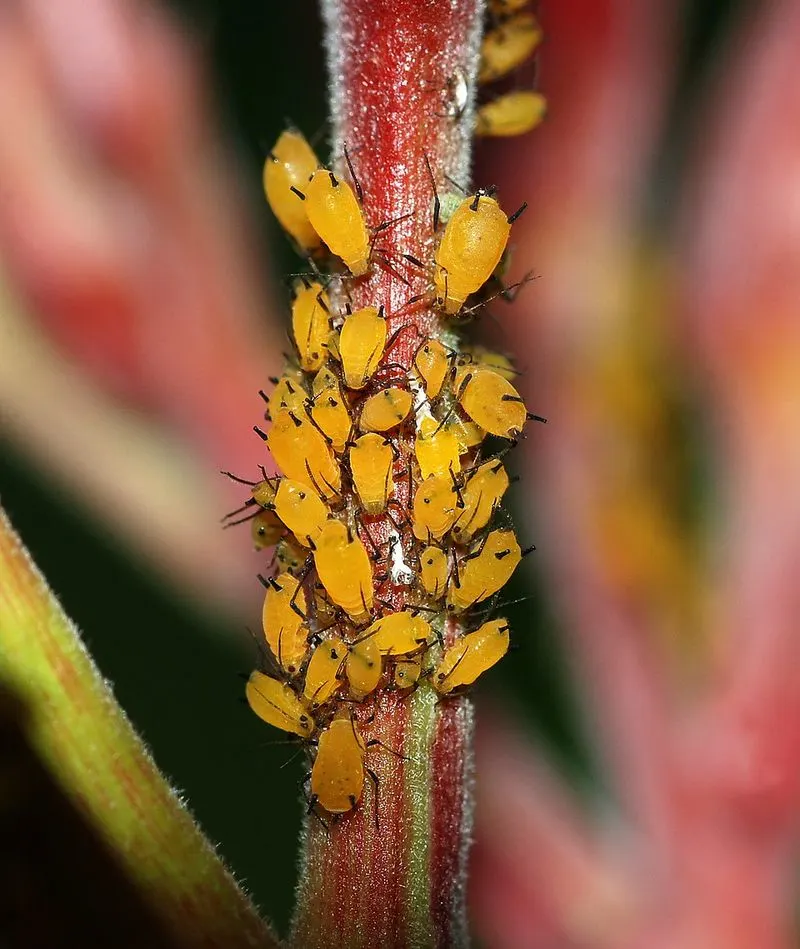
Aphids are common garden invaders. These small, soft-bodied insects feed on plant sap, weakening plants and hindering their growth. Their rapid reproduction can lead to large infestations, making them challenging to control.
Aphids excrete a sticky substance called honeydew, which attracts ants and can lead to the growth of sooty mold. This further damages plants by blocking sunlight. Gardeners must remain vigilant and employ natural or chemical methods to manage aphid populations effectively.
Japanese Beetles
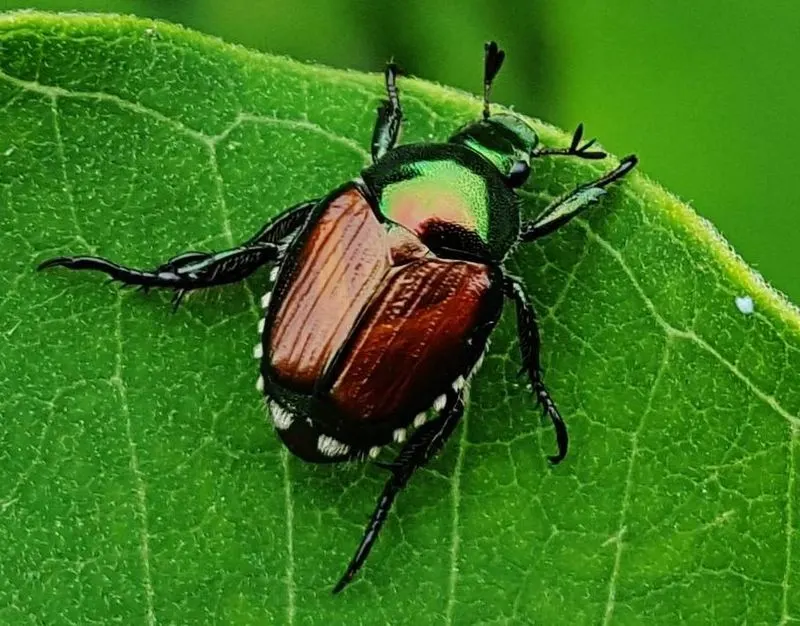
Japanese beetles are notorious garden pests. Their metallic green and copper bodies make them easily recognizable. These beetles feed on the foliage, flowers, and fruits of over 300 plant species, causing significant damage.
Their feeding habits create skeletonized leaves, leading to reduced plant vigor. Japanese beetle grubs can also damage lawns by feeding on grass roots. Managing their populations is crucial to prevent widespread destruction in gardens.
Slugs
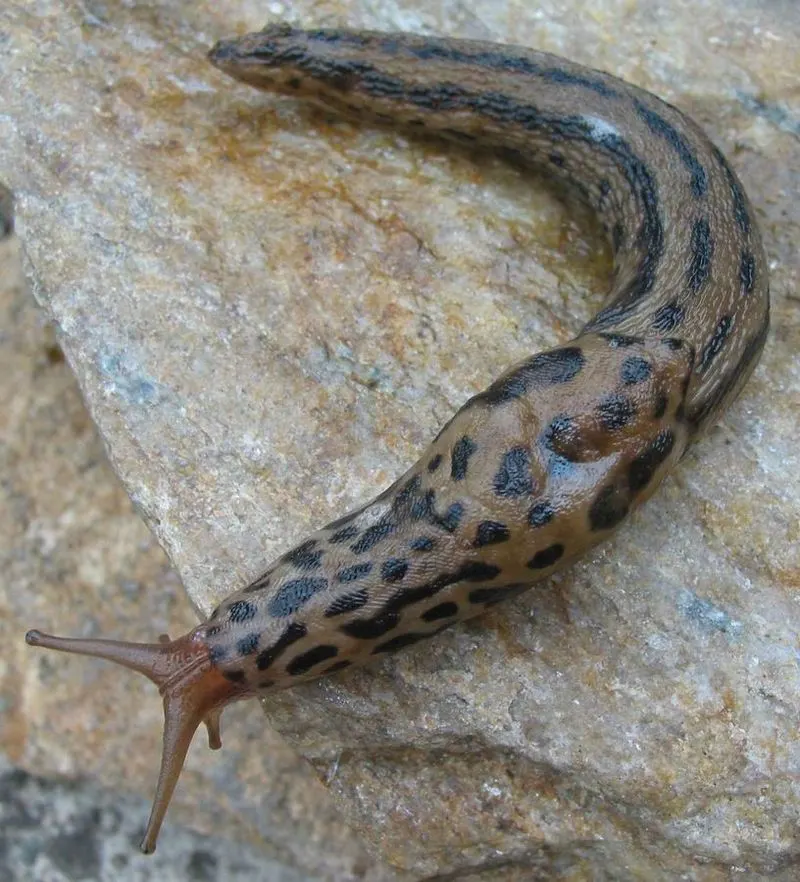
Slugs are unwelcome guests in gardens. These mollusks feed on a variety of plants, leaving behind ragged holes and slime trails. Their feeding activity can severely damage young plants and seedlings.
Slugs are most active at night and during damp conditions, making them difficult to spot. Gardeners often use traps or barriers to manage slug populations. Maintaining a dry and well-aerated garden can also help deter these persistent pests.
Spider Mites
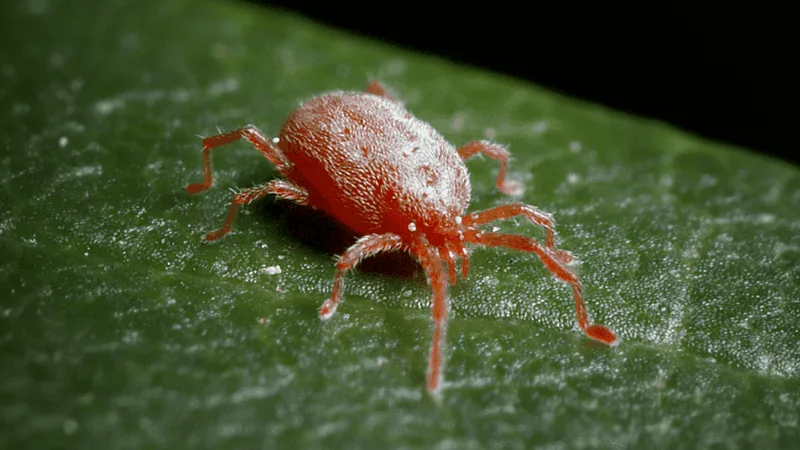
Spider mites are tiny but destructive pests. These arachnids feed on plant sap, causing leaves to turn yellow and dry out. Their feeding damage can lead to reduced plant vitality and, in severe cases, plant death.
Spider mites produce fine webbing on leaves and stems, which is often a telltale sign of infestation. Controlling their numbers through natural predators or miticides is essential for maintaining healthy plants.
Whiteflies
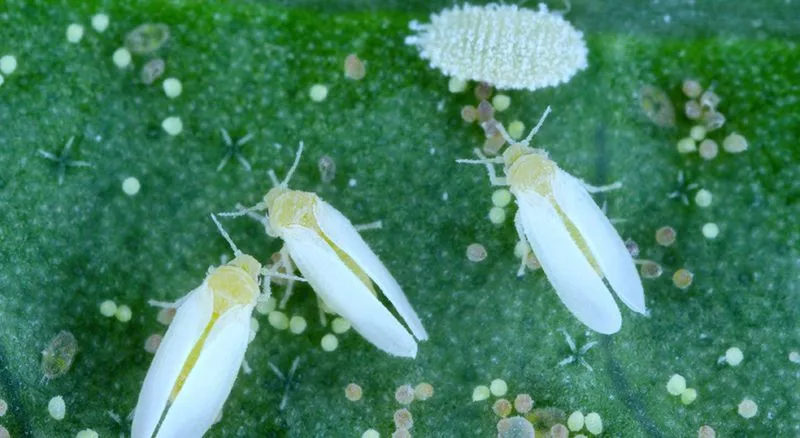
Whiteflies are small, winged insects that infest a wide range of plants. They feed on plant sap, causing leaves to yellow, wilt, and drop prematurely. Their presence can weaken plants and lead to reduced yields.
Whiteflies excrete honeydew, promoting the growth of sooty mold. This fungal growth further harms plants by blocking light. Managing whiteflies often requires a combination of natural predators, insecticidal soaps, and vigilant monitoring.
Cabbage Worms
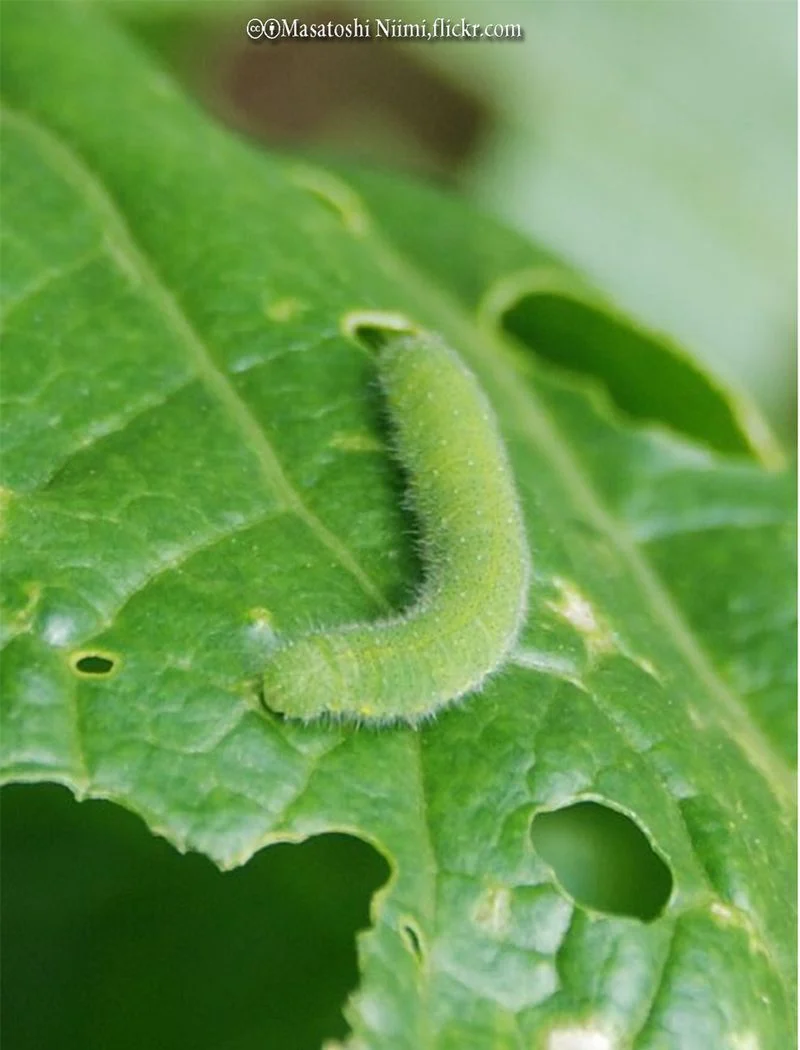
Cabbage worms are caterpillars that pose a threat to cruciferous plants. Their green coloration allows them to blend in with foliage, making them difficult to detect. These larvae feed voraciously on leaves, often leaving plants with significant damage.
Their feeding activity can lead to reduced plant growth and lower yields. Regular inspection and the use of natural predators or organic insecticides can help manage their populations effectively, ensuring healthy crops.
Cutworms
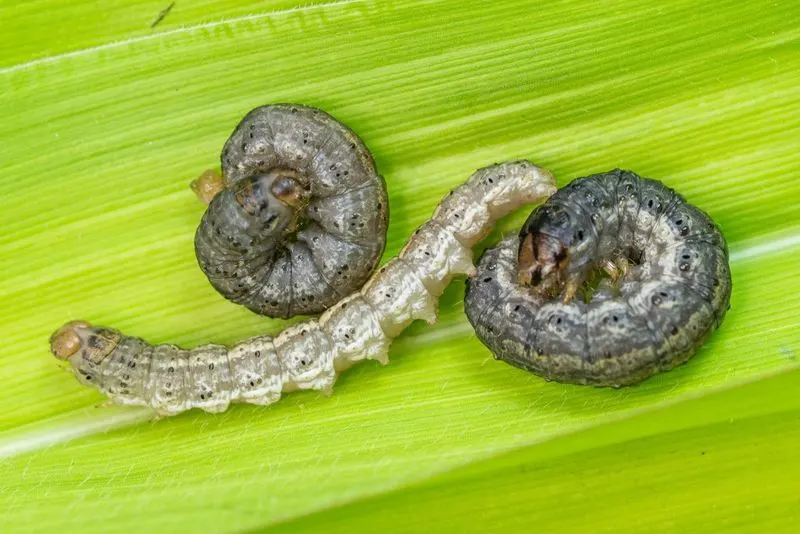
Cutworms are nocturnal caterpillars that can devastate young plants. They feed on plant stems at or below the soil surface, often cutting seedlings off at the base. This can lead to significant losses in gardens and crop fields.
Preventing cutworm damage involves using collars around seedlings or applying biological controls. Vigilant monitoring, especially during planting seasons, is crucial to mitigate their impact on young plants.
Mealybugs
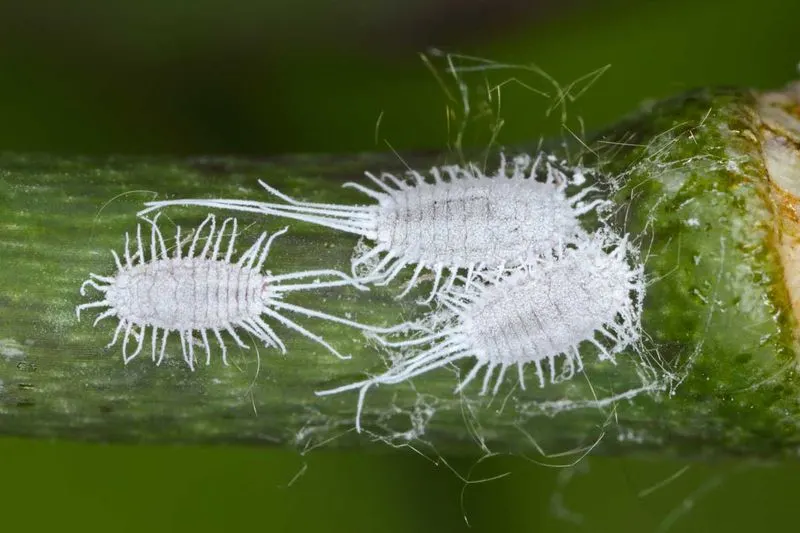
Mealybugs are sap-sucking pests that can infest a variety of plants. Their white, cottony appearance makes them easy to identify on stems and leaves. They weaken plants by extracting sap, leading to stunted growth and yellowing leaves.
Mealybugs also produce honeydew, which can attract ants and promote sooty mold growth. Effective management often requires a combination of natural predators and insecticidal treatments to maintain plant health.
Thrips
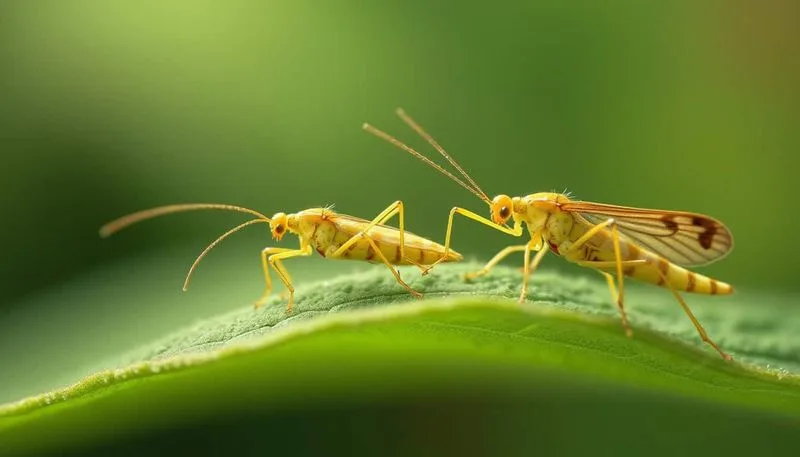
Thrips are diminutive insects that feed on plant tissues. Their feeding activity results in distorted leaves, flowers, and buds. The damage they cause can lead to reduced plant growth and diminished aesthetic value.
Thrips are challenging to control due to their small size and rapid reproduction. Implementing biological controls, like introducing predatory insects, can help manage thrips populations and protect plant health.
Leafhoppers
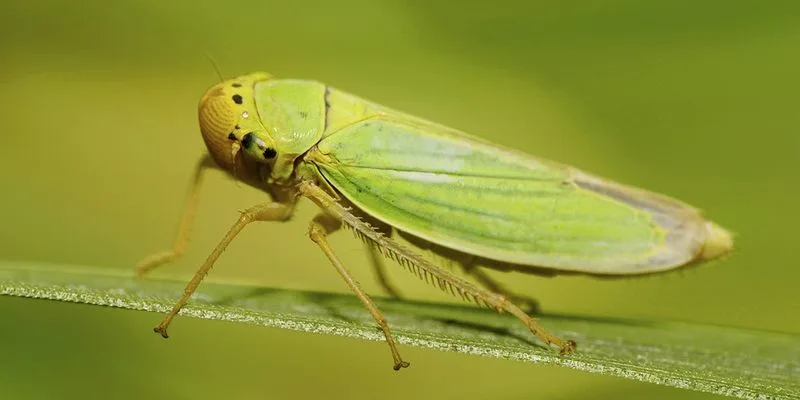
Leafhoppers are sap-sucking insects that pose a threat to various plants. Their feeding activity causes leaf stippling, yellowing, and curling, which can weaken plants over time.
In addition to physical damage, leafhoppers can transmit plant diseases, compounding their impact on garden health. Effective control strategies include encouraging natural predators and using insecticidal soaps or sprays to manage their numbers.

